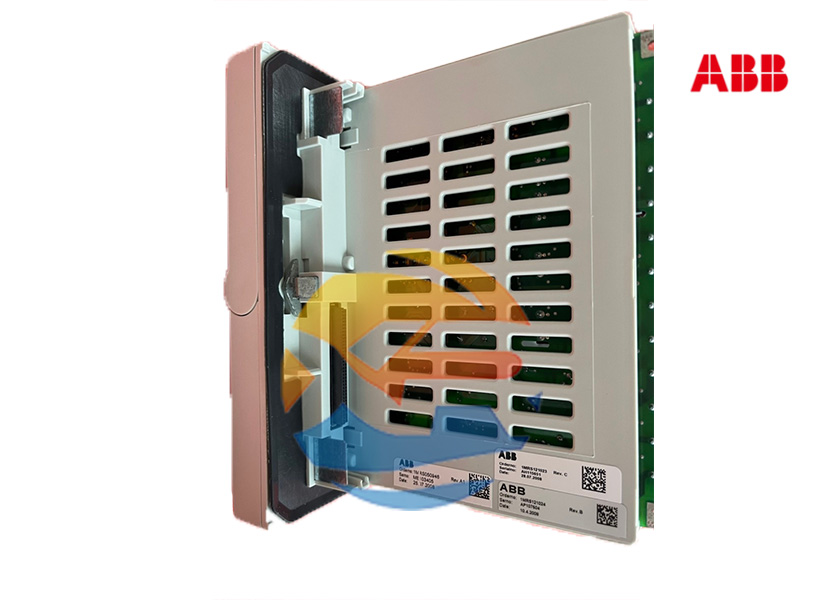In the realm of electrical distribution, protecting medium-voltage feeders is critical for system reliability and safety. The ABB REF610C11LCLR stands as a specialized device within ABB's renowned RELion® product line, designed specifically for this task. This article provides a comprehensive technical examination of this relay, detailing its functions, specifications, and the key features that make it a trusted choice for engineers.
The ABB REF610C11LCLR is a numerical protection relay belonging to the REF 610 series. It is a member of ABB's RELion® family, which represents a new generation of protection and control IEDs (Intelligent Electronic Devices). The "C11LCLR" suffix in the model number indicates a specific hardware configuration, typically including:
In essence, this relay is engineered to protect electrical feeders, transformers, and motors in medium-voltage networks against a wide range of electrical faults.
The primary purpose of the REF610C11LCLR is to detect abnormal conditions and isolate faulty sections of the network. Its key protection functions include:
This is the relay's fundamental feature. It includes:
This function detects current leakage to ground, which can be hazardous for personnel and equipment. Like overcurrent protection, it offers both instantaneous and time-delayed operation.
The relay includes a thermal model that mimics the heating characteristics of the protected equipment (like a cable or transformer). It can alarm or trip based on accumulated thermal energy, preventing damage from overload conditions.
Within a substation or distribution panel, the relay continuously monitors the current from Current Transformers (CTs). It processes this data against its pre-configured settings. When a fault is detected, it sends a trip signal to the circuit breaker, isolating the faulted section and protecting the rest of the system.
The ABB REF610C11LCLR is a sophisticated, multi-function protection relay that combines essential feeder protection functions with modern communication and diagnostics. Its technical design focuses on reliability, selectivity, and ease of integration, making it a cornerstone for securing medium-voltage electrical distribution networks in industrial and utility applications.